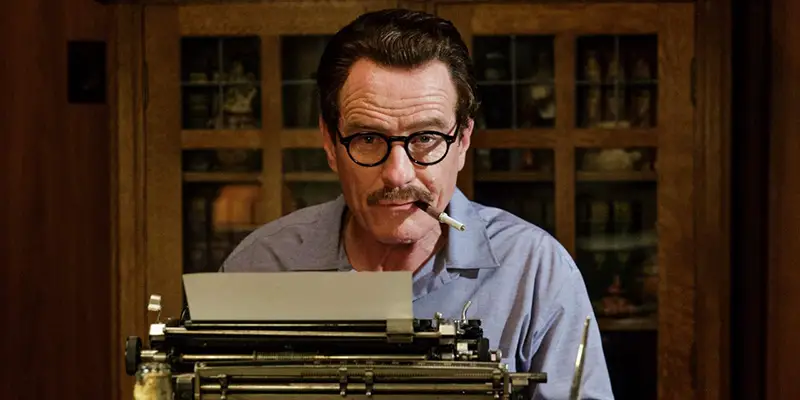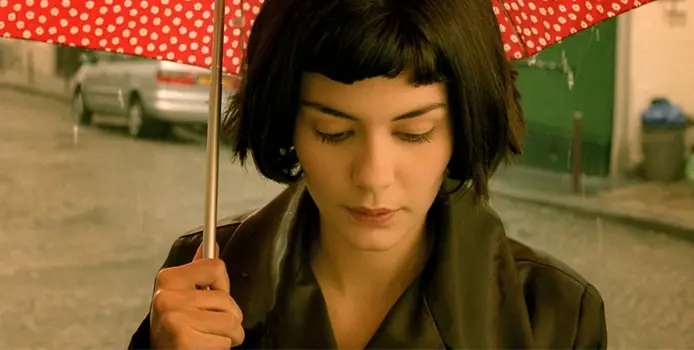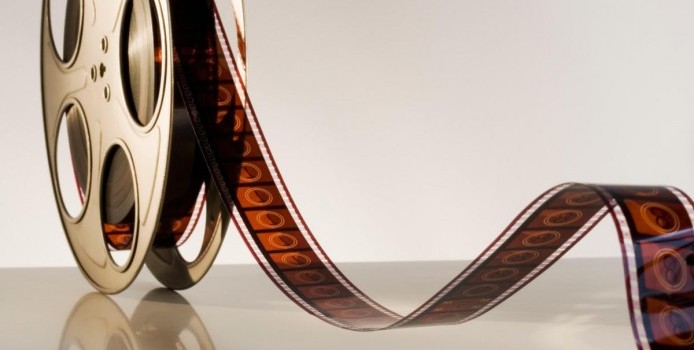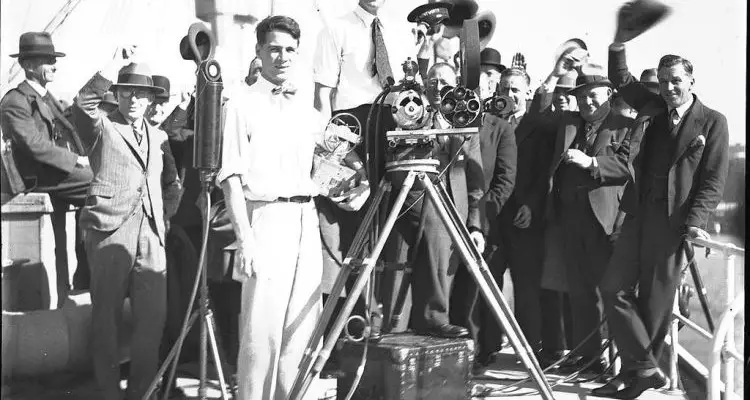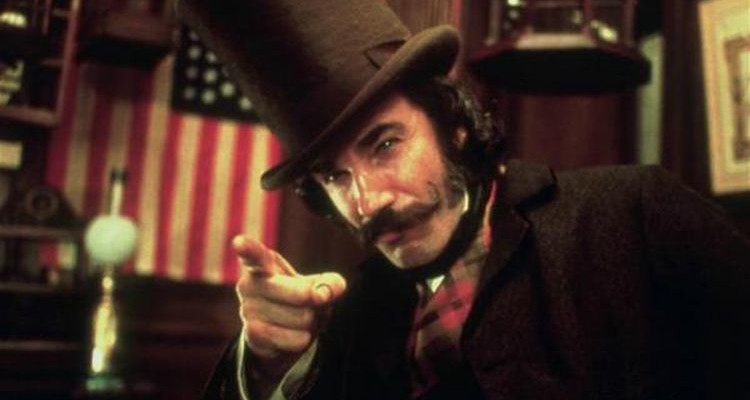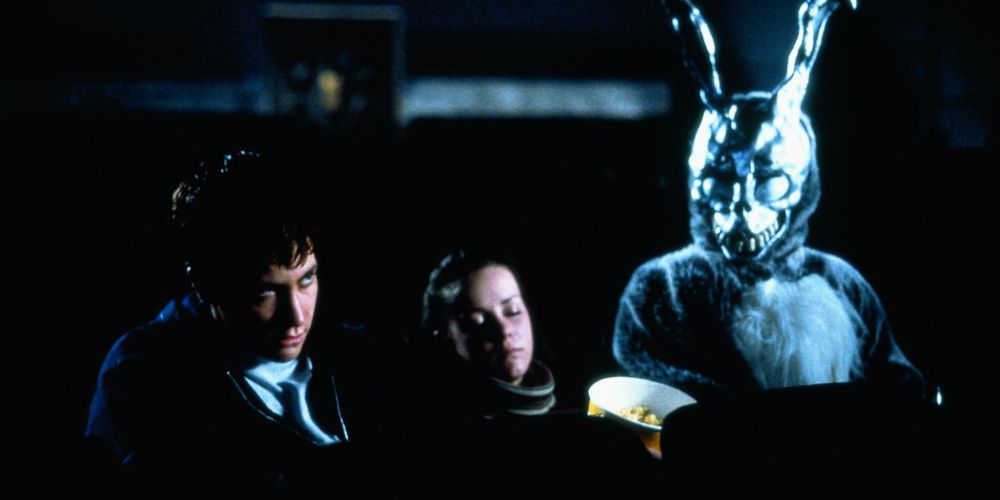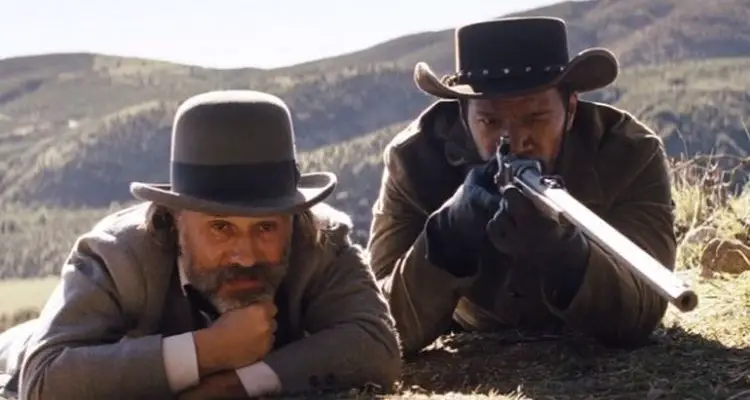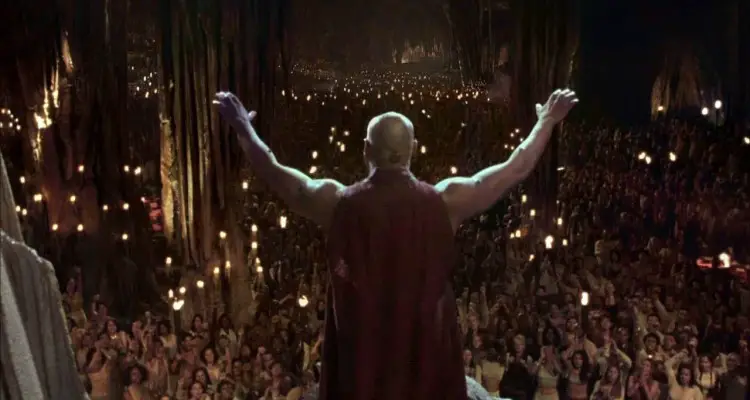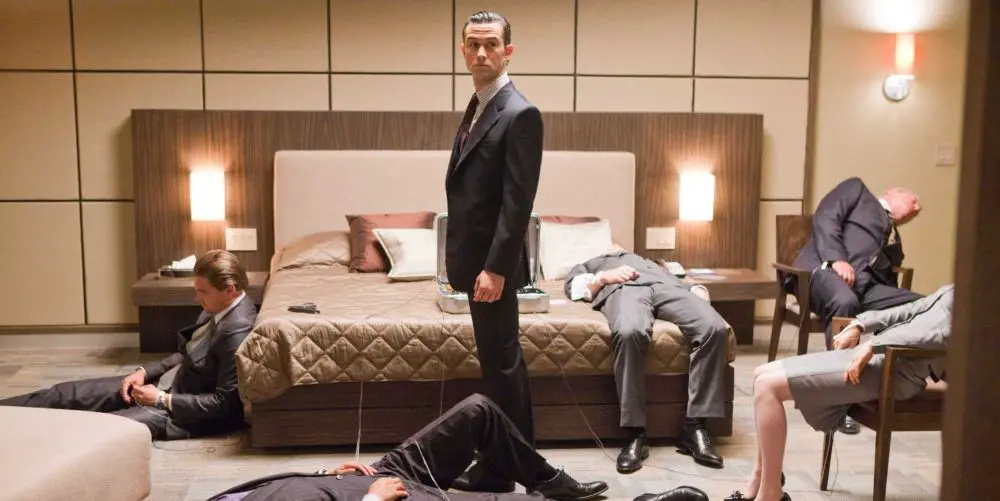film study
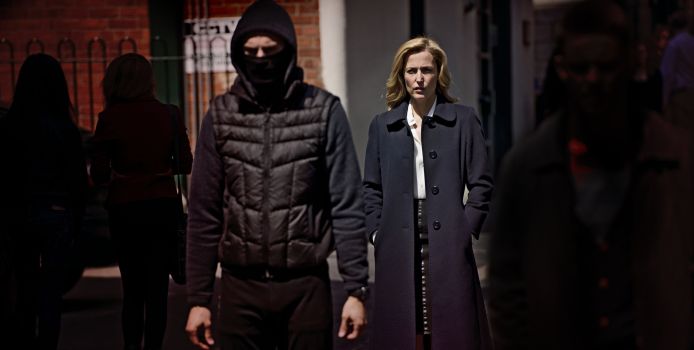
I was watching the North Irish TV show The Fall a while ago and it struck me how handsome Jamie Dornan is, and how fascinating it is that the creators of the show cast him for the role of the sexual predator and serial killer, the villain of the story. In typical crime films and TV, the average sexual predator is portrayed to be a pretty average if not ugly guy, around or older than 40, and if he’s fat, he preferably has a constant sheen of sweat over his forehead. Someone who kind of grosses you out.

Plot, visuals, and theme are all hugely important to great cinema, but movie audiences love characters, and they remain the most memorable aspect of many films. However, the same character types appear again and again in film – the heroes, the villains, the sidekicks and the damsels in distress. We simply accept this as a part of cinema, and of stories in general, and it’s because all stories follow the same narrative structure, according to Russian theorist Vladimir Propp.
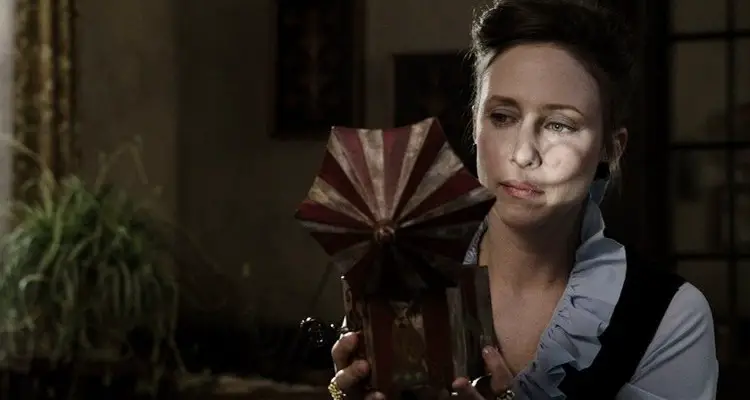
A well-executed horror film is quite possibly the most pure and affecting of all cinematic experiences. A horror film can be the ultimate ‘pop-corn’ movie – a work that draws you into its world, gnaws on your emotions and intellect, and finally spits you back into your seat, thrilled and grateful and dripping with adrenaline. It makes sense that horror films illicit a strong response – after all, we are naturally hard-wired to fear.
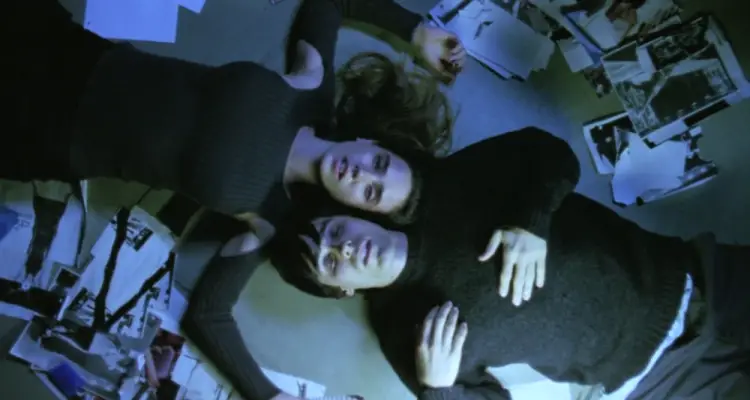
In earlier instalments of How To Analyse Movies, we discussed film language, how meaning is created in film through the use of signs, codes and conventions and most recently, we covered mise-en-scène and editing. In this chapter, we’ll discuss the camera and how it too can create meaning and how important it is to know about the way the camera is used to analyse a movie. The way the camera has been positioned or has been used too can create meaning, and it’s very important to know how it has been positioned and to analyse a film in its whole.


